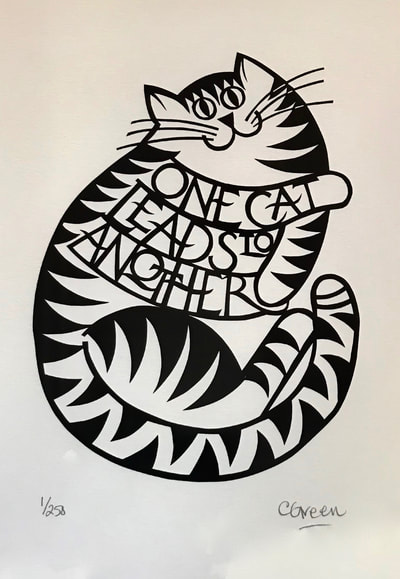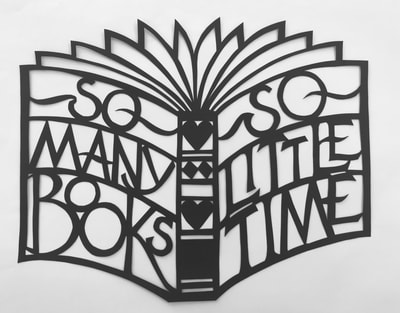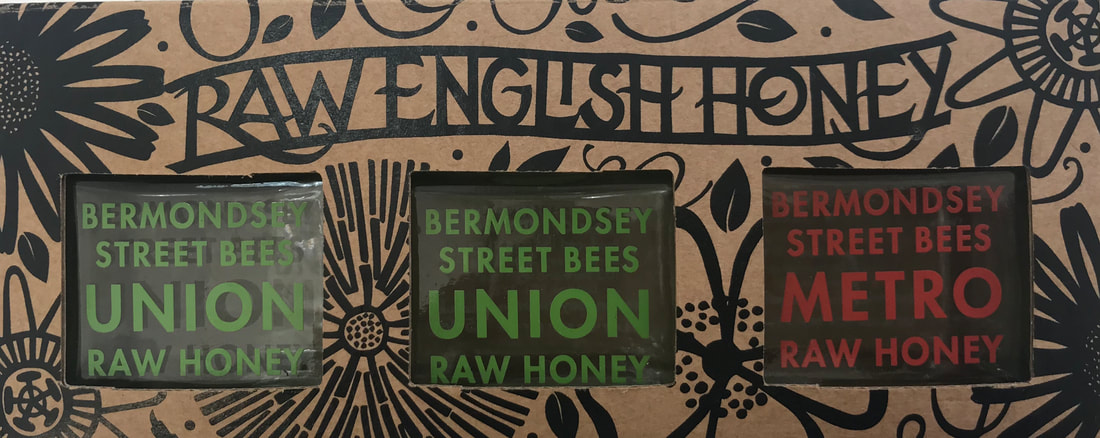|
Christine Green, a tutor at Ardington School of Crafts, began her recent papercutting workshop by introducing her students to some wonderful descriptions of the multiple worldly influences in the art of paper cutting. From Polish paper cutters who use sheep shears, to laser cutting in schools and then to Haitian steel drum designs – we saw them all. Christine just happens to be super interested in the different vernacular that people use to make designs. ‘Cut-out things’ really appeal to her graphic designer mindset. They are clean, the lines are strong, and the design has to work. She also likes the hand-made artisan quality you get with paper cuts. The O’s aren’t always perfect – and that's just fine! Simple and Accessible The low cost and accessibility of papercutting as a hobby are also a bonus – anyone can do this at home with minimal equipment and mess. And while sophisticated laser cutters are now freely available in schools, kids won’t necessarily be cutting but they are moving straight into designing. They will have an understanding of the design process from an early age, but it won’t be as authentic as hands on papercutting. Christine argued that papercutting is akin to the William Morris reaction to the Industrial Revolution. People began to realise that there is no authenticity in miles of printed wallpaper and clamoured for the artisan style of production. Papercutting is very William Morris - creative, simple, beautiful. What are the basic tools? A surgical Swann Morton blade, exactly the same as used in surgery is a must. You may use three or four blades in a day, using the very tip of the blade to make neat, precise cuts which is what will wear them out. Craft knives are just too chunky to get the finesse of the line on the paper. Invest in blade type 10a with a number 3 handle. And that’s it for tools – unless you fancy the sheep shears option that is. What type of paper? Average weight 80gsm paper is fine – you can use photocopy paper. There are papercutters who use very specialist papers but Christine is more interested in colour than paper weight. If it’s too thick you will struggle to do anything on a fine scale and get detail. The heavier paper is better for standing up however if you want to make your own cards. To create a design, Christine’s tip is to have your design drawn up on layout paper (very fine tracing style paper) and hinge it to the paper to be cut. This is great because then you keep your design really clean and with no pencil marks. Favourite piece of work? For Christine, she has one piece of art that she loves and it is a piece of Haitian steel drum art (see above picture). Christine bought this about 30 years ago but it inspires her all the time because of its clever cutting and excellent composition. Cat cuts are also a popular theme for Christine. Her very first cat cut was ‘there are no ordinary cats’ a quote from the cat loving writer Colette – it always make people smile. In fact, using quotes that make people smile is a big part of what drives Christine’s work. ‘Where there’s tea there’s hope’ is a new design and ‘Thin people are easy to kidnap – eat cake’ is in the pipeline. She is always on the look-out for pithy, fun adages. What is it like to be a papercutter? Christine had no idea where she would end up or who she would meet when she embarked on this part of her career journey. Now she finds herself booked up for places like Budleigh Salterton Literary Festival and having supper with Jeremy Vine, along with a food psychologist and several authors – a truly diverse and interesting group of people involved with the written word. Papercutting has opened some truly interesting doors and through her workshops and craft events, Christine has met some fascinating people and been asked to cut some odd subjects (such as a string vest for a birthday design). What’s your advice for the next generation?
It’s so important for kids to understand where they can jump to once they start making things. Don’t let creativity be stifled at a young age because it doesn’t fit with the more traditional hierarchy of education. She recommends watching a TED talk on the topic by Ken Robinson, which I dutifully did, and now I understand more about where some of Christine’s great papercut quotes come from. For her own part, as the daughter of graphic designer parents, niece of a photographer, painter and printmaker, granddaughter of a wedding photographer and painter, her destiny was set very early on by the influences of her forebears. She was always going to be arty, speciality unspecified and to be honest that’s how it has been throughout her life. She has enjoyed working in fine art, commercial graphic design, crafts and teaching – even a BBC two series. You can read more about Christine here, and see more Rock, Paper, Scissors courses at Ardington by following the button link below.
0 Comments
Your comment will be posted after it is approved.
Leave a Reply. |
Blog categories
All
Author:
|








 RSS Feed
RSS Feed